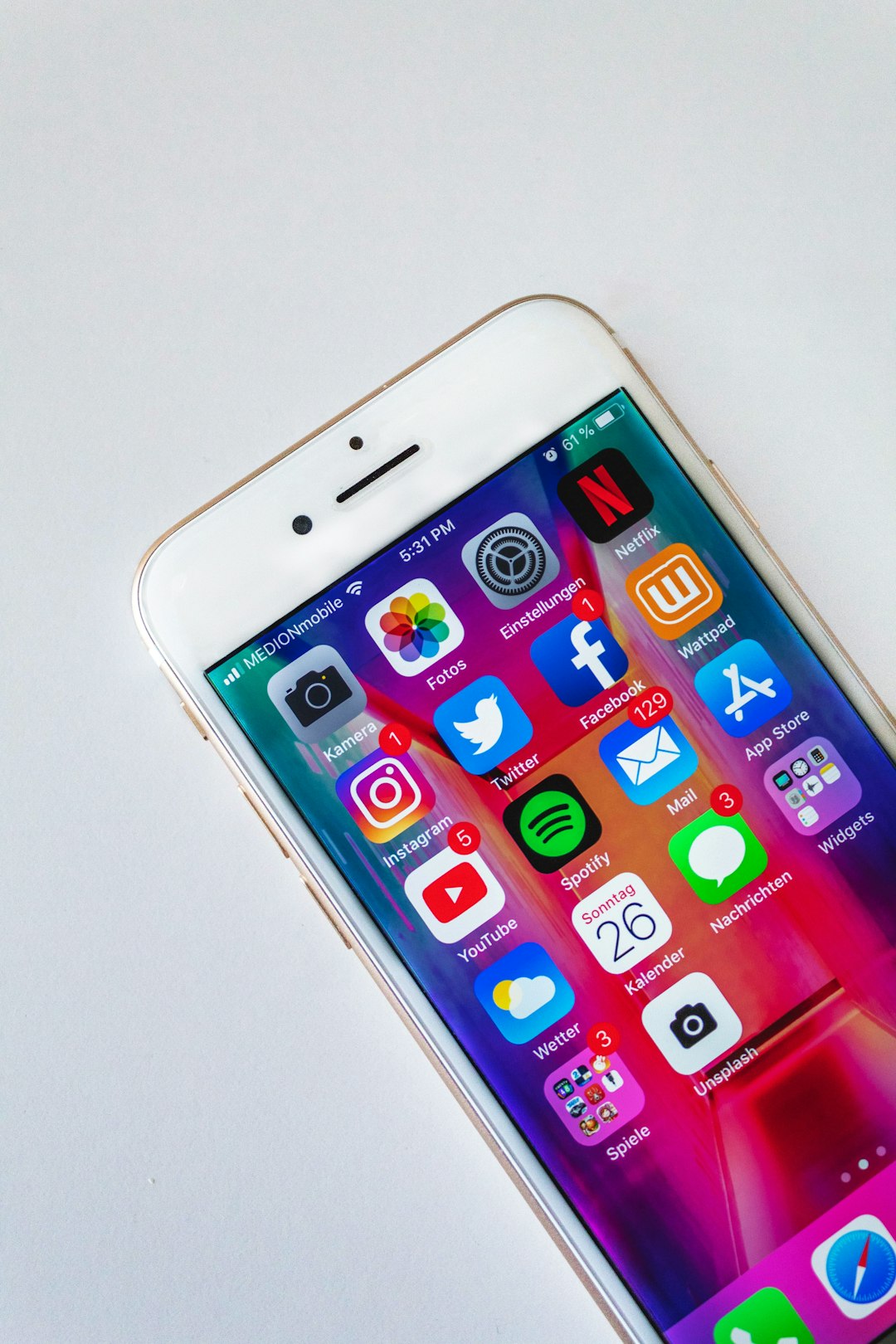Vilhelmiina Haavisto discusses the importance of science communication platforms for shared knowledge - but can they be both accessible and factual?
As topics such as genetic engineering, climate change, and renewable energy continue to dominate conversations about our planet’s future, there is increasing pressure on young adults to have an understanding of such issues and their implications. However, the ways in which we access and consume science news vary in efficiency and accuracy.
Pew Research Centre recently reported that just a third of American adults actively seek out science news, while over a third come across it at least weekly without seeking it out. However, just over one in six are “active science news consumers” and do both. While most likely to get their science news from general news outlets, those polled believe that specialist outlets including science magazines and documentaries are more likely to be factually accurate. Though over half believe that general news outlets also report science well, more than four in ten Americans have concerns about media practices involved in science coverage.
Two-thirds of 16-24-year-olds use the internet, including social media, as their primary source of news.
Similar trends seem to hold in the UK. In 2016, communications regulator Ofcom found that over two-thirds of 16-24-year-olds use the internet, including social media, as their primary source of news, and are much less inclined to get news from radio, print, or TV than older age groups. Social media is by far the most important online news sources for young adults; Facebook is the most popular platform, followed by the BBC website or app and Youtube. These platforms are where they will likely read science news, so it is worth looking into their reporting quality on science topics.
Photo by Sara Kurfeß / Unsplash
The importance of science communication can hardly be overstated. Reading raw scientific papers can sometimes be onerous, due in part to academic language and expert knowledge without which the content makes little sense. For example, a revising student without a scientific background wanting to read up on the latest findings about the effects of certain foods on brain function might find literature on the subject somewhat laborious to read. Thorough, for sure, but cryptic, unless they devote a sizeable chunk of time to re-reading and cross-referencing.
What’s more, while students with university logins can easily access most scientific publications, many are not fully open to those without such identification. This makes publications even more inaccessible to members of the general public and for this reason, among many others, science communication is so important. It bridges the gap between scientific publications and those who cannot access it for any reason, by communicating essential findings and their wider implications. Social media is one way of reaching audiences that is clearly gaining traction as a source of news, both scientific and not.
Facebook posts with the most reactions, comments, and shares did not always contain scientific facts.
Of course, in an online climate where attention-grabbing headlines are a must, scientific facts may become oversimplified and deeper implications and particularities can be lost. While trying to simplify a complex procedure or explanation, it is easy to overdo it and strip findings of their nuances and context. Pew Research Centre conducted an analysis of over a dozen science-themed Facebook pages, followed by millions of people, and found that posts with the most reactions, comments, and shares did not always contain scientific facts.
Furthermore, established science outlet pages such as NASA and National Geographic fared better in communicating facts than those not affiliated with external organizations, known as “Facebook-primary” pages. However, such pages, including IFLScience and ScienceDump, get almost three times higher rates of reactions, comments, and shares than established outlet pages. Visuals and video are key to high engagement, though these were sometimes ads or practical applications of science, rather than explanations of new discoveries. Clearly, communicating science in an interesting and accessible way while keeping it factually accurate and contextual is a balancing act, and one of the central challenges that all science writers, including us at Epigram, face.
Crucially, because social media feeds can be tailored to show you exactly what you want to see, science news will likely only be present if you choose to put it there. So, if you want to read, watch, and listen to more science and tech content this year, here are a few good places to start!
- @BristolBioSci and @UniBrisPhysics (Twitter) spotlight faculty research, give regular updates on events such as guest lectures, and retweet discipline-specific news stories.
- @MarsCuriosity (Twitter) posts regular updates on the Curiosity Rover’s Martian activities, as it investigates the planet’s geology and climate, as well as photos of the rover’s surroundings.
- Crash Course (Youtube) was created as a studying tool, but is also an easy and engaging way to learn about engineering, ecology, or computer science, to name just a few topics they have covered.
- Science Friday (Podcast) have 45-minute long episodes on an almost-infinite number of topics - everyone is bound to find something that interests them after a quick scroll through!
Featured Image: Unsplash / rawpixel










